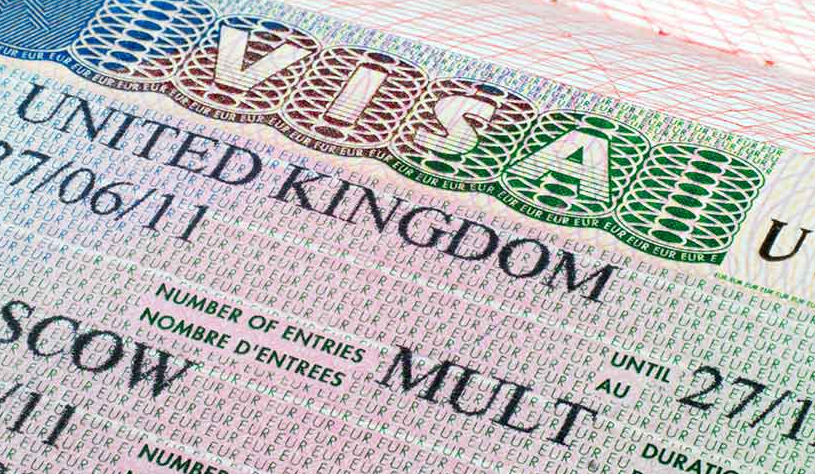Antarctica, the icy and remote continent, has been struck by an unprecedented threat: deadly bird flu. Scientists have confirmed the presence of the highly pathogenic H5N1 avian influenza strain on the mainland of Antarctica, marking a significant development in the region’s ecological landscape.
The Discovery of Bird Flu in Antarctica
- The virus was detected in skua seabirds near Primavera Base, an Argentinian scientific research station on the Antarctic peninsula.
- This marks the first confirmed case of bird flu on the mainland, despite the vast distances and natural barriers that separate Antarctica from other continents.
The Risk to Wildlife
- The brown skua, a large seabird that preys on fish, small mammals, and other birds, tested positive for the virus.
- While avian influenza had previously been detected on islands between South America and Antarctica, this recent finding raises concerns for the unique wildlife inhabiting the frozen land.
- Scientists fear that the flu could devastate animal populations across Antarctica. It potentially leads to the deaths of thousands of species that call this pristine environment home.
The Global Implications
- The highly contagious H5N1 strain has wreaked havoc elsewhere, killing millions of birds and thousands of mammals worldwide.
- Its arrival on the Antarctic mainland now makes Australia the last continent free of the virus.
- The virus’s potential spread to Australia remains a concern, as trans-Atlantic migration pathways for shorebirds could facilitate its movement.
What You Need to Know
- H5N1: This strain of avian influenza has a history of causing significant damage. It was first detected in China in 1996 and has since evolved into even deadlier versions.
- Severity: H5N1 can kill domestic chicken flocks within days and has led to the culling of millions of birds globally.
- Australia’s Vulnerability: With Antarctica now affected, Australia faces the risk of the virus crossing its borders.
The discovery of bird flu on the Antarctic mainland serves as a stark reminder of how interconnected our world is, even in the most remote corners. As scientists continue to monitor the situation, efforts to protect Antarctica’s unique wildlife become paramount5.







































